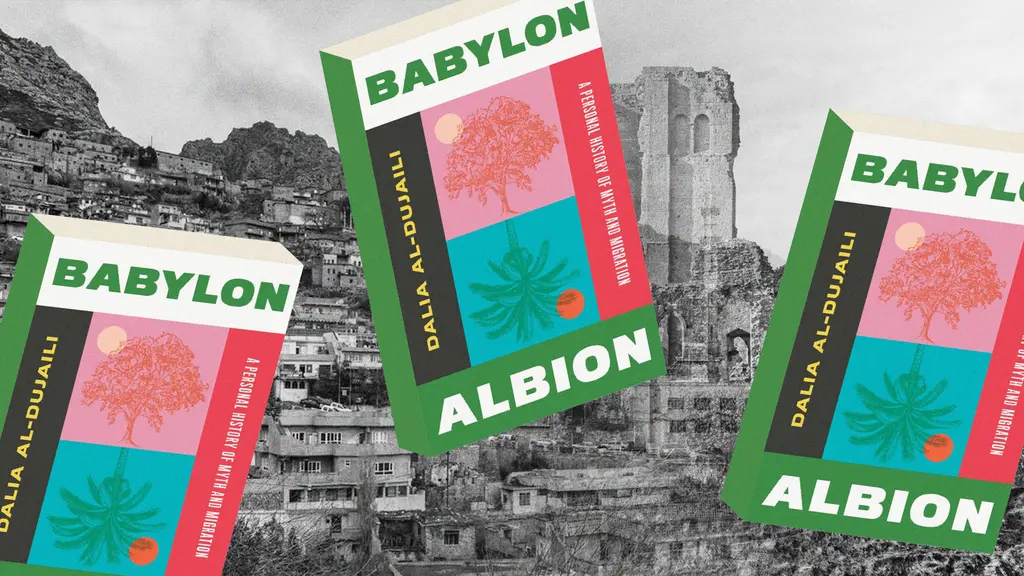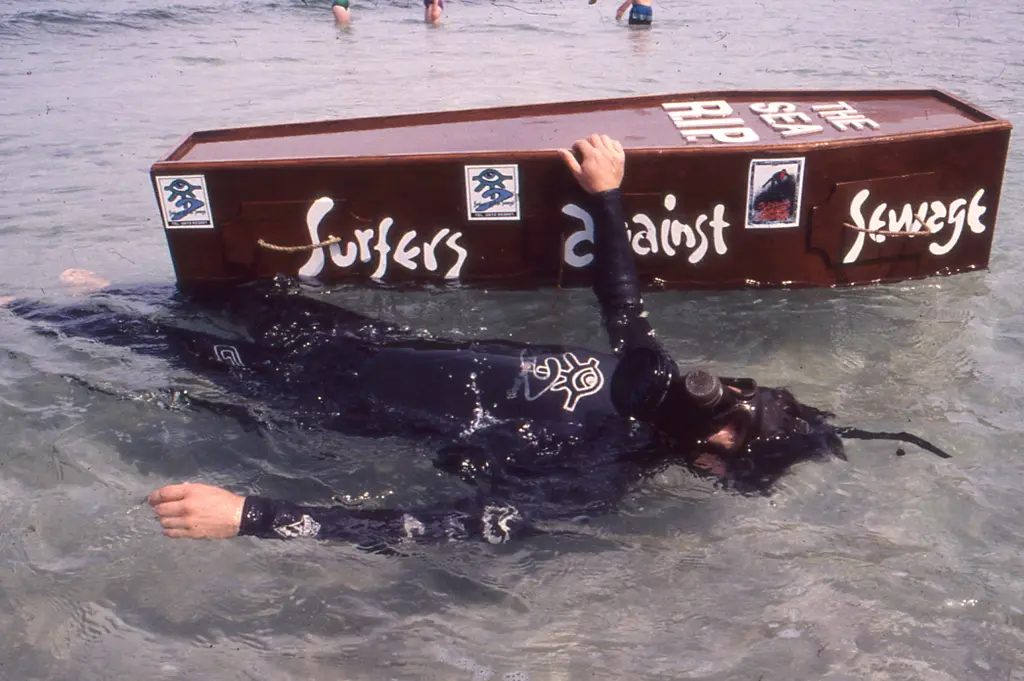‘There's something in the air’ – why Port Talbot is a UFO hotspot
- Text by Jacob Charles Wilson
- Photography by Roo Lewis

The Tata steelworks towers over the low-lying town of Port Talbot, on the south coast of Wales. At night, gas flares light up the sky. By morning, the town and its surrounding hills are covered in a thin dusting of red silt. The steelworks is all that binds the town together after the construction of the M4 bypass in the late-1960s cleaved it in two, demolishing homes and splitting communities. It's an uncertain, unreal landscape, and it's also a hotspot of UFO sightings.
This claim captured the imagination of photographer Roo Lewis, whose latest photobook, Port Talbot UFO Investigation Club, published by GOST Books, is a study of myth, identity, and hope in this small town. Throughout the book, Lewis keeps his camera lens away from the skies and firmly on the ground. In Lewis’ mind, this small town – forgotten or unknown by many – might be something bigger; it might be the place where humanity discovers we are not alone.
“My grandad was from west Wales, so we used to go to Wales every year,” Lewis tells me. “The M4 goes right past Port Talbot steelworks, and when you’re a kid it looks like a space station – in fact, he used to tell us it’s a space station. My parents would say ‘don’t bother about that place,’ but I always used to want to go.”
Years later, while photographing Elvis tribute artists in the nearby town of Porthcawl, Lewis had the opportunity to stay in Port Talbot. He was intrigued by the otherworldly stories and fascinated by how accustomed everyone seemed to the strangeness and the beauty he saw all around.


“You get this plankton that visits for a couple of weeks in July and the sea glows blue. You've got these mountains, you've got waterfalls, you've got the M4 going through the middle of the town. You've got the sky glowing from the steelworks. You've got these amazing dunes, this huge beach, and everyone's just walking around like it's normal, and of course it is when you're there but as a foreigner you come in and you just think: this is wild.”
Lewis spent two years photographing the town and its people. He put up around the town, ‘HAVE YOU SEEN A UFO’ urging people to phone him. “The response was incredible.” Other contacts were made through word-of-mouth and pub sessions. He found talking about UFOs a great ice breaker; an innocuous, inoffensive conspiracy theory on which everyone has an opinion.
“I like the way we project our metaphysical views on the universe,” Lewis says. “Some people go straight to aliens, some people go interdimensional, some people are like, ‘no, none of that, it's got to be government aircraft, secret bombers or whatever,’ and some people just go to God, they go straight to faith. It's a funny one, whether people believe it or not they can engage straight away… I'm not looking for the truth. I like the folklore, I like the bullshit, I like the stories. I think how I learn best is through stories.”
“Late summer, 1988. A small, bright light moves slowly over the mountain towards the coast, it stops over the steelworks for a few seconds then, flash, it shoots off towards Swansea. I had always had a fascination regarding UFOs and this only made my belief stronger.” Photo: Jonny Lovejet in the dunes wearing a thermal radiation suit similar to that used in the steelworks. This was shot when some Saharan dust clouds hit the UK giving the sky this wild orangeade pink.

There were many keen to tell their stories, such as Natalie, pictured floating in Brombil Reservoir overlooking Taibach, who in 1996 witnessed some kind of aircraft hovering just above her head, blocking out the sky. There’s Jonny Lovejet, pictured by Lewis dressed up in a thermal radiation suit, surveying the dunes of Aberavon Beach. Lovejet related his encounter to Lewis: “Late summer, 1988. A small, bright light moves slowly over the mountain towards the coast, it stops over the steelworks for a few seconds then, flash, it shoots off towards Swansea. I had always had a fascination regarding UFOs and this only made my belief stronger.”
Lewis found one man's name repeated everywhere he went; Phillip ‘Doyley’ Doyle, who claims to have been abducted every year since 1969. “He was very forthcoming with his stories,” Lewis says. “He’s got the tattoos. He’s got the t-shirt. He’s got on his car’s licence plate the letters ‘U F O.’ According to other people I spoke to, he was on his third and final warning at the steelworks for coming in late or going out and staying in the pub too long and having one too many. On his third strike, they asked where he’d been and he said he'd been abducted by aliens. He lost his job, but he's stuck with that story the whole time.”


Others pictured have lived equally extraordinary terrestrial lives. In 1991, Barry Kirk legally changed his name to Captain Beany from the Planet Beanus. Today, he runs the Baked Bean Museum of Excellence from his flat on the Sandfields council estate. Over the years his eccentric antics have raised over £100,000 for charitable causes. ‘Sir’ Terry Alan, who worked on the motorway that split the town, was homeless for 30 years and spent many nights under the same motorway. He is still unable to read or write, and is now looked after by the community. Lewis says that when asked if he had ever seen a UFO, Alan replied, “I’ve seen everything.”
Lewis admits it would be easy to tell a story of decline. Instead, he approached his subjects sensitively. His photographs, bathed in golden light, tell a story of pride and hope. This is keenly felt in his images of the social clubs and activities that bind people together: the avid hobbyist helmsmen of the Marine Modelling Club; the Taibach Rugby Club, whose Christmas panto rehearsals often devolve into drinking games; the Sea Cadets, who continue the town’s seafaring traditions and offer a career further afield; and the Port Talbot Cymric Choir, perhaps the longest-running choir in the country, who rehearse in Taibach Wesley Methodist Church.
“As I approached the chapel, I could hear the singing getting louder and louder so I followed it through the door. There were about thirty men in a circle singing to one another. When I left, I walked out past the chapel again and wondered how many people had been there over the last 150 years hearing the same sounds of industry and singing.” – Roo Lewis. Photo: Port Talbot Cymric Choir.

Lewis tells about his first meeting with the choir. He drove to the church and parked at the top of the hill, with the town spread out below him. "You could hear the sound of the steelworks - the hissing and the sound of industry. It's quite relaxing actually, it's like chugging along. It reminded me of my grandad's boatyard." As he walked towards the church, the sound of singing rose through the noise of industry, until he was inside the church, surrounded by men, all in song. “It was really emotional. I haven't experienced anything like that in England. These are like steelworkers and rugby players and that sort of old school masculinity – you know, the lads – and they might come in their vans or whatever, but they’re singing in a choir.”
Talking about the energy of the town, Lewis mentions ‘the trench’ – a storm drain in an off-limits area of the steelworks. Like everything in the town, the trench faces towards the steelworks. Lewis tells of spending a night there and, even from a distance, feeling the heat and the noise of the blast furnaces.
“It's like nothing I've ever felt,” he says. “There's something in the air or water, there's an energy and it's palpable. It's this otherworldly place. I think if you were flying over, you'd see these beautiful areas and then you come across Port Talbot and be like, ‘okay, that's interesting! What's going on there?’ And there's a lot of love there. There's a lot of love there for sure. I think that's what it is.”



Port Talbot Investigation Club by Roo Lewis will be published by GOST Books in September 2023.
Follow Jacob on Instagram.
You might like

Dalia Al-Dujaili: “When you’re placeless, nature can fill the void”
Babylon, Albion — As her new book publishes, the British-Iraqi author speaks about connecting with the land as a second-generation migrant, plants as symbols of resistance, and being proud of her parents.
Written by: Zahra Onsori

Katie Goh: “I want people to engage with the politics of oranges”
Foreign Fruit — In her new book, the Edinburgh-based writer traces her personal history through the citrus fruit’s global spread, from a village in China to Californian groves. Angela Hui caught up with her to find out more.
Written by: Angela Hui

Meet the hair-raised radicals of Berlin’s noise punk scene
Powertool — In his new zine, George Nebieridze captures moments of loud rage and quiet intimacy of the German capital’s bands, while exploring the intersections between music, community and anti-establishment politics.
Written by: Miss Rosen

The rebellious roots of Cornwall’s surfing scene
100 years of waveriding — Despite past attempts to ban the sport from beaches, surfers have remained as integral, conservationist presences in England’s southwestern tip. A new exhibition in Falmouth traces its long history in the area.
Written by: Ella Glossop

Southbank Centre reveals new series dedicated to East and Southeast Asian arts
ESEA Encounters — Taking place between 17-20 July, there will be a live concert from YMO’s Haruomi Hosono, as well as discussions around Asian literature, stage productions, and a pop-up Japanese Yokimono summer market.
Written by: Zahra Onsori

We are all Mia Khalifa
How humour, therapy and community help Huck's latest cover star control her narrative.
Written by: Alya Mooro

